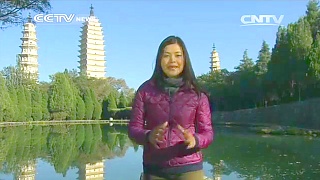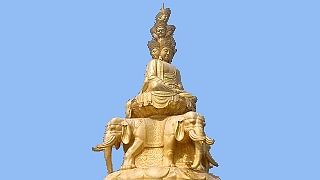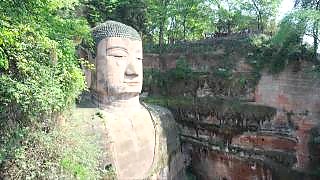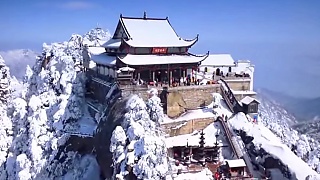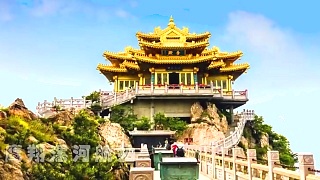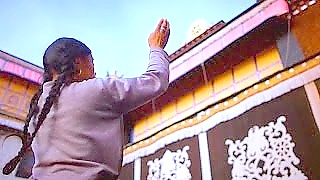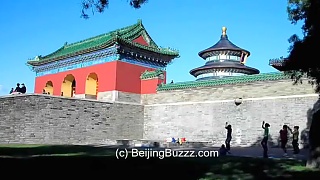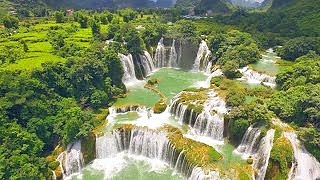SanQingShan is a renowned Taoist sacred site located 25 miles (40 km) north of YuShan County in JiangXi Province.
With outstanding natural scenery, plants and wildlife, the park is a UNESCO World Heritage Site that in all covers 230
square kilometers. SanQing means the “Three Pure Ones” in Chinese as Mount SanQing is composed of three main summits: YuJing, YuShui, and YuHua, representing the Taoist trinity. YuJing (rising 1820 meters above sea level) is the highest. 三峰峻拔、如三清列坐其巅
SanQing Mountain in Jiangxi Province, although not very well-known to many people today, was regarded as a sacred place for Taoists in the Tang Dynasty period (618-907), when Taoism was at its most popular.
[640],shadow=true,start=,stop=With beautiful clouds, mist and strange-shaped pine trees, Sanqing Mountain is a fairyland far from the hustle and bustle of city life.
The mountain is shrouded in mist for about 200 days each year. On misty days, dense fog envelops the mountain completely and makes you think you are wandering in the clouds. Once in a while, wind blows away the mist, and a stiff, imposing peak suddenly appears right in front of you.
http://www.sanqing.com/english/
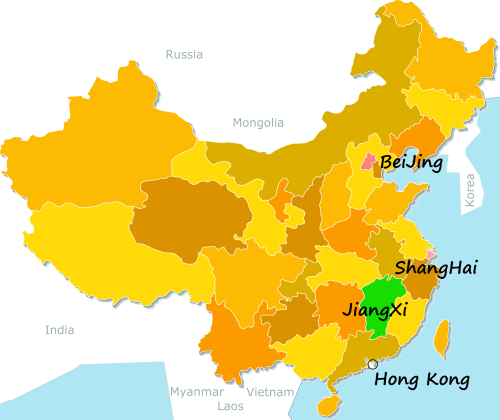
 SanQing Mountain 三清山, JiangXi province
SanQing Mountain 三清山, JiangXi province




